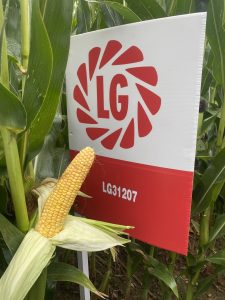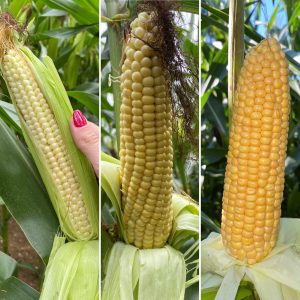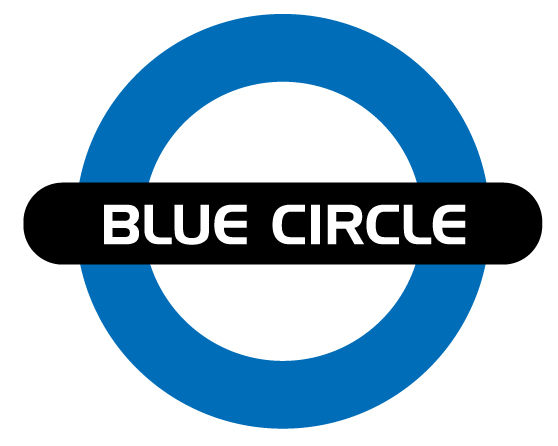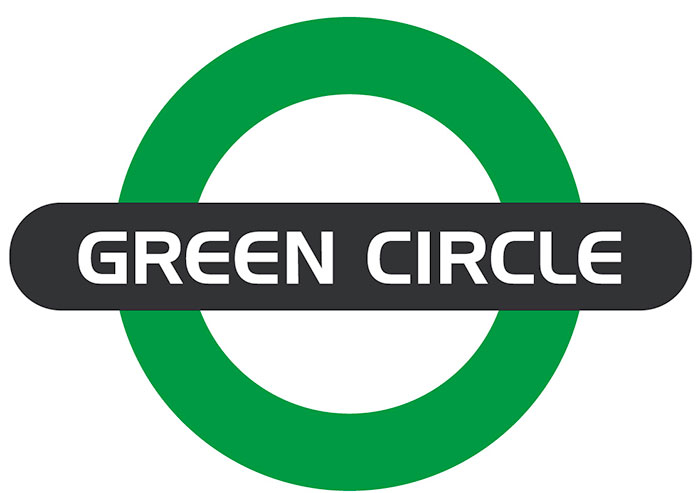As we are at the beginning of the new year, I find myself thinking about how last year went and what we have learned from it.
After a very difficult start to the maize drilling season in spring, with a lot of the 2023 maize crops going in late, a wet mid-summer and a very difficult harvesting season, choosing the right maize variety seems more important than ever.
There are a lot of factors that contribute to having a high yield of maize, and choosing the right variety for the right type of ground is one of the most essential ones.
It’s easy enough to pick a variety that has early maturity but how that variety gets to mature is crucial for a good harvest, that is why we are looking at choosing varieties with high early vigour, good standing power and leaf senescence.
This is especially useful when we have a delayed drilling season, as varieties with high early vigour will emerge better, getting to pollination earlier, with a higher chance of producing a good, full cob and reaching harvesting maturity faster than varieties from the same maturity group.
One of those varieties is Prospect, with an FAO of 170 and an early vigour of 7.2, standing power of 7.7 and leaf senescence at 7.3, it can be drilled from the main drilling season up until end of May and will still reach harvest maturity before the end of September in the Midlands area.
Besides being used for forage and AD, Prospect can also be used as a grain variety with an early grain finish and high yield.
Another interesting variety that has performed very well this last year in our area is the LG31.207, a late maturing variety with a 210 FAO, but despite being from a late maturity group it makes up for it in early vigour of 8.2 with a standing power of 8 and a harvest date at the end of September making it a very strong choice for the forage and especially the AD sector.
For the next maize growing season, I would suggest picking varieties that will give you an advantage over the extreme weather changes, that have a wider drilling period without affecting the harvesting date, with good early vigour, good standing, and disease tolerance as all these characteristics will contribute immensely to an early harvest with excellent yields.


As a new year starts thoughts of the coming season are not far away and the development of a grazing wedge or a good first cut of silage should be at the forefront of plans.
The key driver for all soil nutrition is pH and this ideally should be sitting around pH 6.5. Regular soil testing must be carried out to manage this factor. The type of fertiliser used makes a huge difference to the pH of the soil. The use of Calcium Nitrate (CAN) fertilizer has a lesser effect on pH with 1Kg reducing soil pH by 0.4 points where 1 Kg of Ammonium Nitrate and Urea will reduce it by 1.2 points.
A grass ley overwintering with too much growth can cause problems with disease and winter kill. Sheep winter grazing to reduce winter cover is a useful tool but if the goal is for an early grazing wedge or early first cut of silage sheep should be taken off the grass before the end of January.
Even with the best winter management there will always be an amount of winter kill to manage. In the resent years the introduction and development of the spring tine harrow has revolutionised the management of a grass ley. Running a grass harrow over a sward in early spring will remove any dead grass so creating space for new tillers it will also stimulate the first few centimetres of soil so absorbing atmospheric nitrogen.
The grass plant will “wake up” before visible signs show above ground. Over winter a grass plant loses much of its root mass, and this is the first part of the plant to grow as it comes out winter. The first 40 days of this process is key to provide the plant with the infrastructure to give the plant the nutrition it requires for the season .
I’ve made some assumptions when looking at the nutritional requirement for first cut silage or the development of a grazing wedge. I have assumed that the pH is 6.5, the soil indices are +2 and the expected yield of first cut silage is 25 tonnes per hectare @ 30% dry matter. The plant will therefore require 120Kg nitrogen (if soil pH is less than 6.5 and calcium content is less than 2,000mg/L CAN should be considered as the source of nitrogen), 40Kg of phosphate as P2O5, 80Kg potassium as K2O and 30Kg of sulphur as SO3.

Grass Ley January

Grass Ley March




